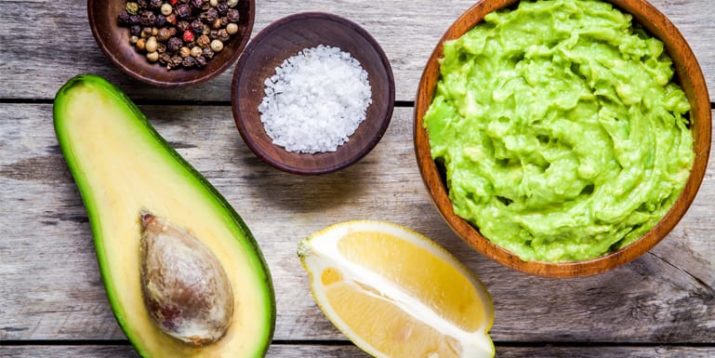How to Ripen an Avocado Quickly

Avocados are nutty, creamy, delicious, and versatile.
They can be eaten raw or in baked goods, smoothies, dips, and more (avocado ice cream, anyone?).
They’re pretty darn healthy, too: Avocados are a rich source of monounsaturated fats, potassium, folate, vitamin K, and vitamin C, and are lower in sugar and higher in fiber than many other fruits.
That’s all great, but what if you have a hankering for homemade guacamole and all you’ve got is a rock-hard avocado?
While it usually takes anywhere from four to seven days for a hard avocado to ripen fully, fear not.
You don’t have to wait a week to quell your guac craving.
Our tips for ripening an avocado quickly will help you get the fiesta started sooner.
How to Ripen an Avocado Faster
First, a lesson on avocados: Avocados do not ripen on the tree; they soften after they have been harvested.
To decide if an avocado is ready to enjoy, take note of how dark the skin is. If it is a deep green/black, it’s probably ripe.
But if it is a lighter shade of green, it’s not ready (and if it’s completely black, chances are it’s overripe).
Another trick: Peel back the small stem or cap at the top of the avocado. If it comes away easily and you find green underneath, you’ve got a good avocado that’s ripe and ready to eat.
Since color isn’t always a clear indication of ripeness, it’s a good idea to check if the fruit yields when lightly squeezed.
Ripe avocados will yield to pressure. If an avocado is mushy, on the other hand, it is past its prime.
1. The Banana/Apple Method
Most people have heard of putting an avocado in a brown paper bag and letting it sit on the counter for a day or two to ripen faster, but have you ever heard of placing another piece of fruit into the bag to speed up the process?
We put one avocado into a brown paper bag with a banana, and another in a bag with a Golden Delicious apple.
We folded up the tops of the bags, taped them shut, and placed them near a sunny window.
Apples and bananas produce the plant hormone ethylene, which triggers the ripening process.
By trapping ethylene gas in the paper bag, avocados ripen faster than if they were left to their own devices (avocados give off the same gas, but the other two fruits emit more).
While sunlight isn’t going to drastically change your indoor environment, heat promotes ripening while refrigeration slows it.
If you use an apple, choose McIntosh or Golden Delicious, which produce more ethylene than many other varieties — newer types of apples, such as Gala or Fuji, have been bred to ripen slowly, so they may not be as effective.
2. The Flour Method
This method, which also relies on a brown paper bag, calls for regular old flour to be added.
We poured enough flour into the bag to bury the avocado, then taped the bag shut and stuck it near a sunny window.
While the bag traps the ethylene gas emitted by the avocado, the flour absorbs the moisture and should prevent mold growth and bruising.
3. The Baking Method
While this method is the quickest, subjecting avocado to heat has its downsides.
If you’re up for an experiment, wrap the avocado in tinfoil, place it on a baking sheet, and bake for 1 hour in a 200-degree oven (some sources suggest just 10 minutes, but we found there was very little softening until the hour mark).
The heat allegedly speeds up the emission of ethylene gas, while the foil traps it.
The Results
The winner: the flour method.
Compared to the control avocado that hung out in a paper bag all by itself, the flour method produced a creamier, softer avocado after 18, 24, and 36 hours.
The banana-method and the apple-method avocados hardly ripened until the 24-hour mark, while with the flour method the avocado gave a little after just 18 hours.
At the end of the experiment, the banana-method avocado was runner up, followed by the apple method.
While the immediacy factor of the oven-baked avocado is appealing, we found the taste, texture, and color were compromised.
The avocado was slightly softer after an hour in the oven, but it turned out shockingly green (not sure if we want to call this a benefit or detriment) and not very creamy.
It also had a funky, almost bitter flavor.
